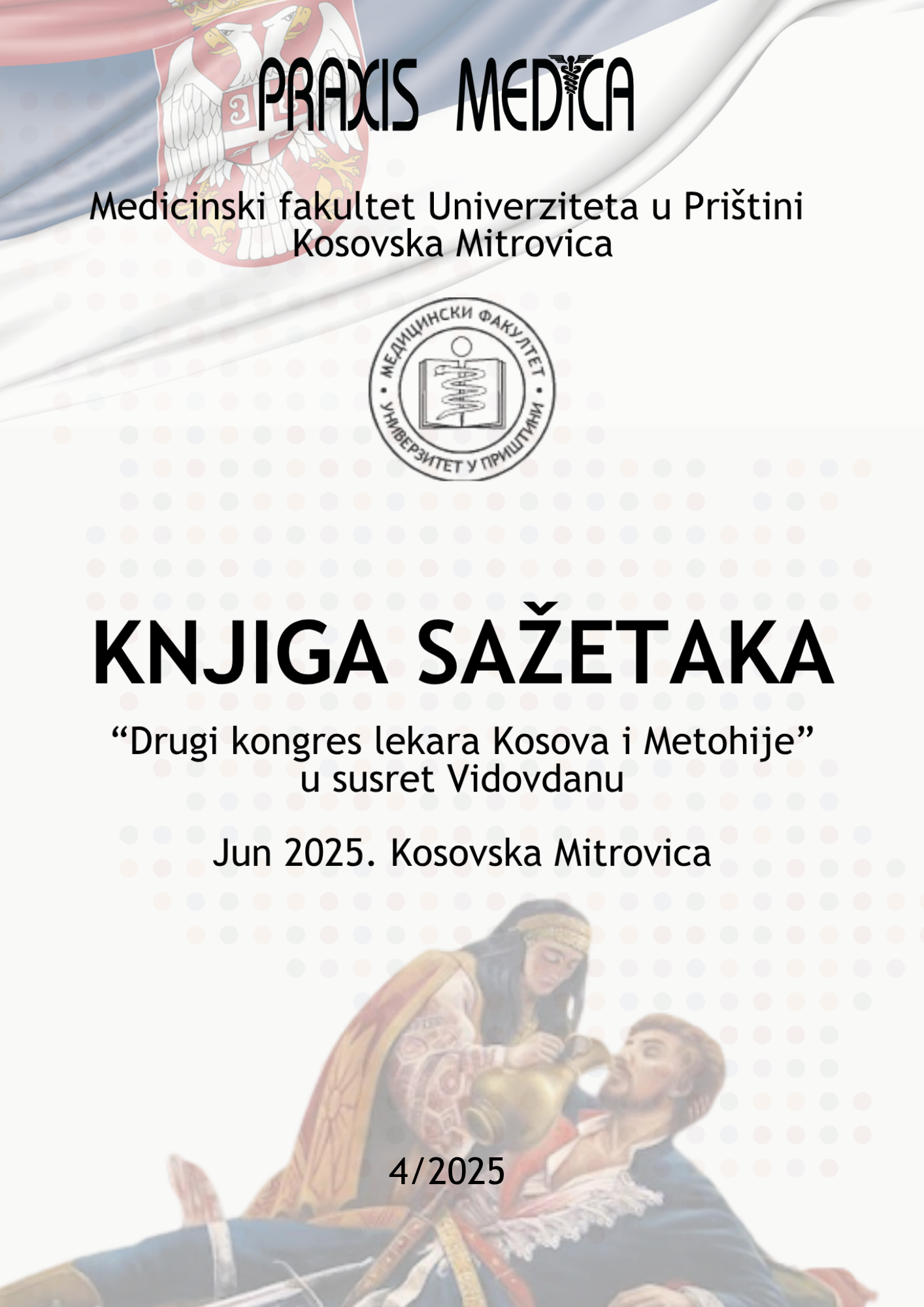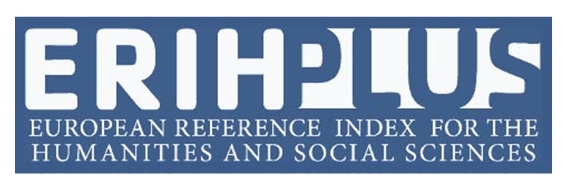Current issue

Volume 53, Issue 4, 2025
Online ISSN: 2560-3310
ISSN: 0350-8773
Volume 53 , Issue 4, (2025)
Published: 30.06.2025.
Open Access
All issues
Contents
15.02.2025.
Original scientific paper
RECOMMENDATIONS FOR THE APPROACH TO PATIENTS WITH DISORDERS OF THYRIOD GLAND FUNCTION IN THE DENTAL OFFICE
Thyroid hormones, thyroxine and triiodothyronine, affect the work of all organs and organ systems. Whether they are in excess or in deficit, they lead to significant disturbances in the homeostasis of the organism, changing first of all the metabolic processes and leading to significant clinical manifestations, primarily in the cardiovascular, but also in other organ systems. The imbalance of thyroid hormones also has oralmanifestations, which are often the reason why patients visit the dentist. However, what worries dentists the most is the possibility of acute decompensation of hyper or hypothyroidism, with the appearance of thyrotoxic storm or myxedema coma, which are life-threatening conditions. Therefore, a valid pre-procedural evaluation and preparation of patients with thyroid hormone function disorders for pre-planned dental interventions is of great importance. During dental procedures, it is necessary to adhere to recommendations regarding the choice of local anesthetics, hemostasis, drug interactions, the possibility of infection and minimizing stress, all in order to avoid acute decompensation of thyroid imbalance.
Radomir Mitić, Nina Dimitrijević Jovanović, Hristina Ugrinović, Jelena Vulović, Milena Šibalić, Nevena Kalezić
01.12.2019.
Professional paper
Jarisch-Herxheimer reaction during therapy of neuroborreliosis
Introduction. Jarisch-Herxheimer reaction implies trembling, headache, temperature, rash, meningitis, respiratory problems, liver, kidney and heart dysfunction during antibiotic treatment of Lyme disease. Case outline. A 47-year-old patient in May 2016 had circular redness on the thigh, fatigue, myalgia, nausea and headache. Borrelia Burgdorferi IgM antibodies were positive. She took doxycycline 200 mg/day, four weeks. Western blot IgM and IgG were positive as well. Retreated with Azithromycin, 500 mg/day, three weeks. Next year, there was a sleep and memory disorder, fatigue, dizziness, right leg paresthesia and burning in the soles, muscle weakness, decreased sensitivity and right foot hyperreflexia. Electromyography showed axonal degeneration of the peroneus and the tibialis. Pleocytosis (5 leucocytes/mm³) and intrathecal IgG were found. Magnetic resonance of the head in order. Neuroborreliosis was diagnosed and treatment included ceftriaxone, 2 grams/day, three weeks. After the second dose, trembling, myalgia, headache, nausea, flushed nose, dizziness and nausea started. Temperature 37.8°C. No changes on the skin. The antibiotic was not interrupted, symptomatic therapy was administered, and after two days the symptoms stopped. Neurological disorders have not completely disappeared. Titre antibodies still present. Conclusion. Jarisch-Herxheimer reaction occurs in 7.0-30.0% of patients treated for Lyme disease. Causes are multifactorial. Spirochetes release toxins, hypersensitivity is present, phagocytes destroy agents, complements and cytokines are activated. It is often not recognized. Tremor, fever, myalgia and skin rashes are present before the antibiotic, and the worsening is attributed to the underlying disease or allergy. Doctors should expect it during the treatment of spirochete-related diseases and provide appropriate care.
Snežana Knežević, Jelena Vulović, Marijana Jandrić-Kočić
01.12.2018.
Professional paper
Hypersensitivity pneumonitis with frequent hemoptysis
Introduction: Hypersensitivity pneumonitis is a complex pulmonary syndrome mediated by the immune system and caused by inhalation of antigens to which the patient has been previously sensitized. From the clinical point of view hypersensitivity pneumonitis can be divided into acute/subacute, and chronic phenotypes. It is characterized by an insidious onset of cough, dyspnea, fatigue, and weight loss that develop over several weeks to a few months. Case report: A 52-year-old patient came in February 2017 with high temperature, chest tightness, dyspnea, persistent cough, hemoptysis and weight loss of more than 6 kilograms. Radiography and computerized tomography showed poorly defined small diffuse centrilobular bilateral nodules. Inspiratory crackles were detected by physical examination. Routine laboratory tests were regular. Bronchoalveolar lavage fluid analysis and lung biopsies by video-assisted thoracoscopic surgery indicated the presence of diffuse lymphocytic infiltrates and giant cells with non-necrotizing granulomas and cellular bronchiolitis. Hypersensitivity pneumonitis diagnosed. She was given 35 mg deflazacort, bronchodilators to widen the airways and etamsilat pills. We did not identify the causative agents, including home, workplace and recreational environmental factors.Conclusion: Making the correct diagnosis has critical therapeutic and prognostic implications. Patients with hypersensitivity pneumonitis should be referred to expert centers, as the overlap with other forms of interstitial lung disease may be deceiving. The mainstay in managing this illness is to avoid the causative antigen, though complete removal is not always possible.
Snežana Knežević, Ljiljana Đurović, Biljana Srećković, Jelena Vulović





